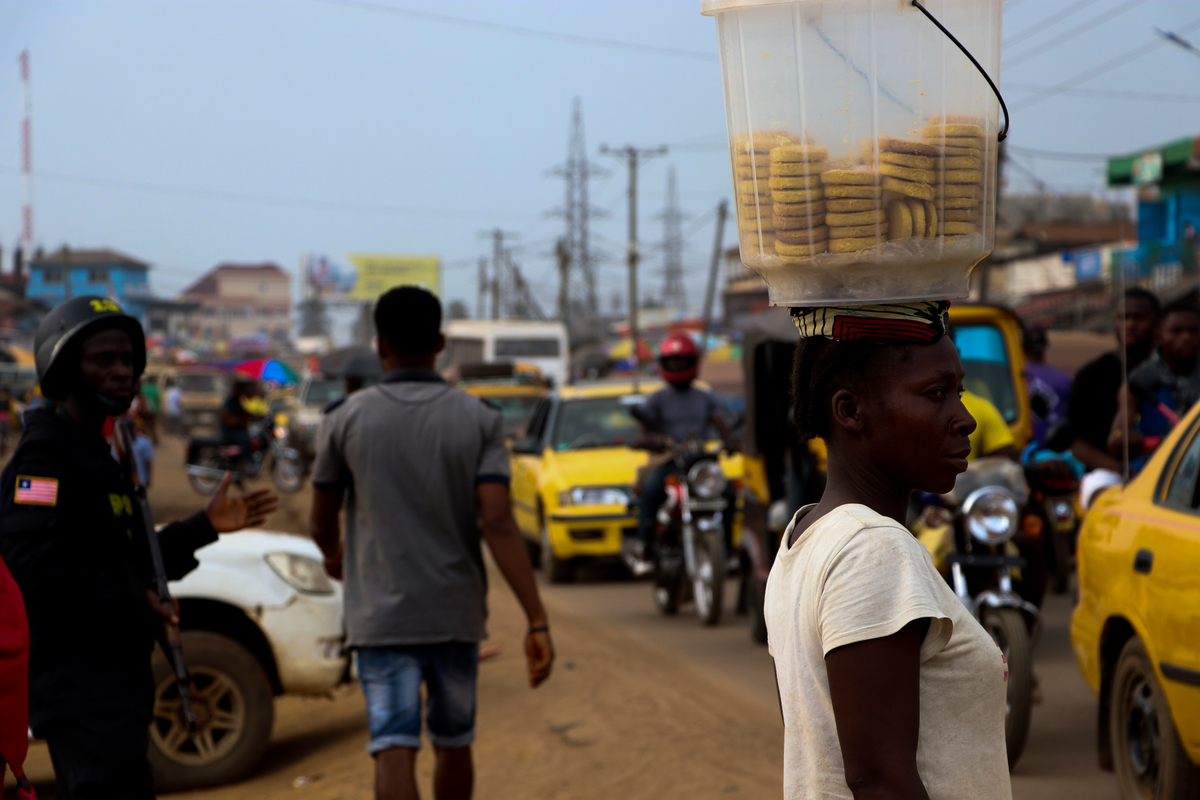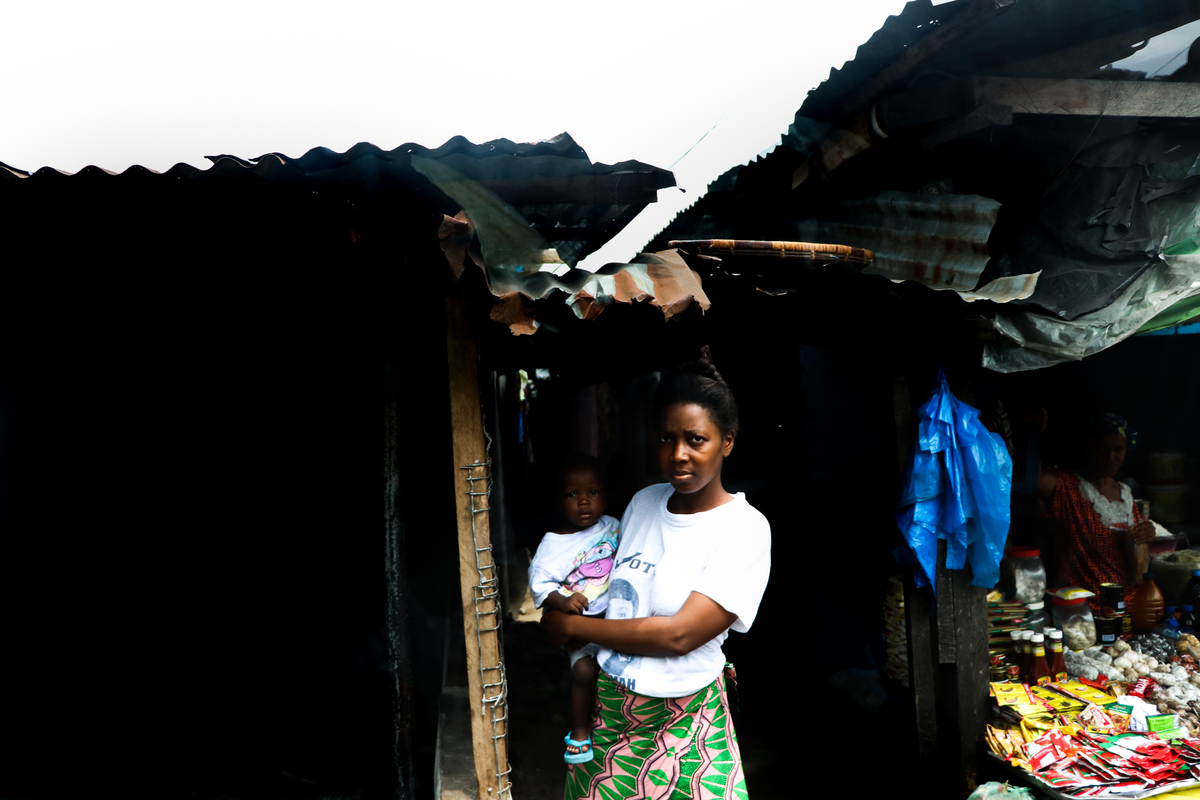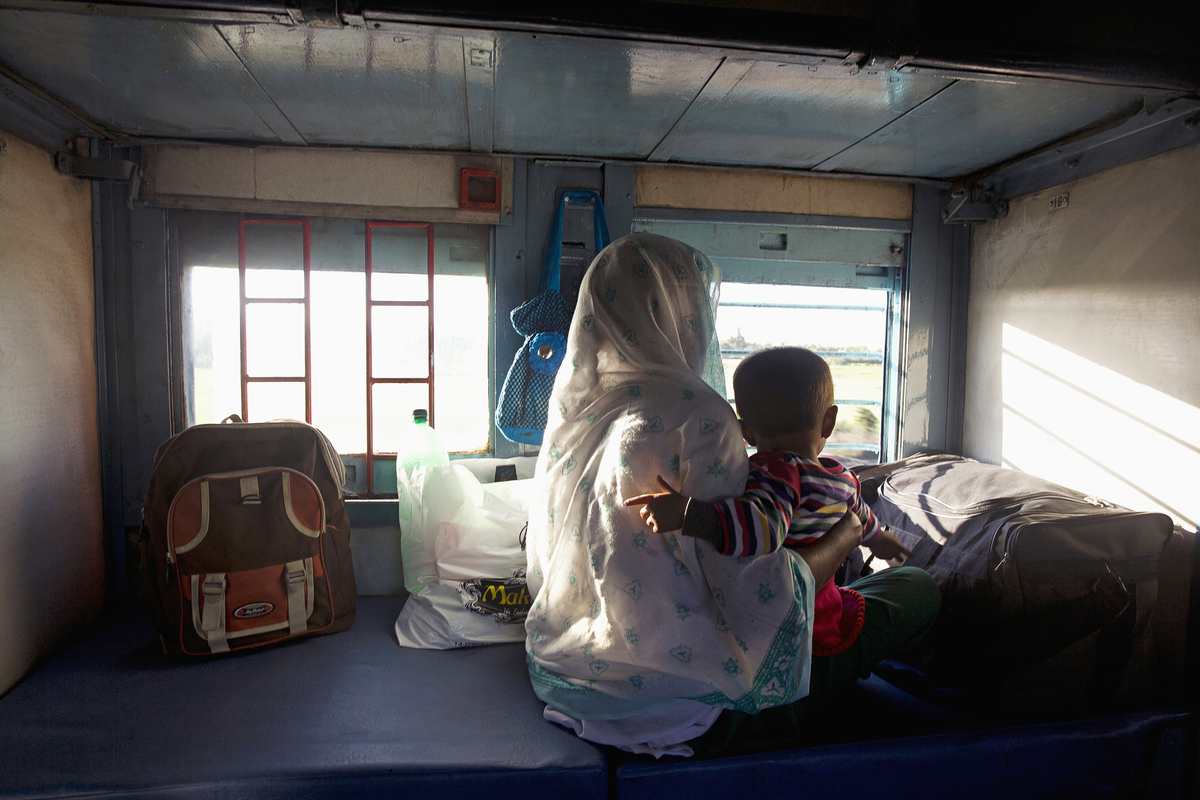On 8 March, International Women’s Day, we envision a world where all women and girls can live in inclusive and equitable cities and communities.

In its preamble, the 2030 Agenda for Sustainable Development states that the main goal of the SDGs and targets is to “realize the human rights of all and to achieve gender equality and the empowerment of all women and girls”. The New Urban Agenda, in its role of guiding the localization of the SDGs, follows suit by strategically supporting the mainstreaming of gender equality and women’s empowerment across all SDGs. Women experience and use the urban environment in different ways from men; they have different priorities in terms of services and infrastructure, for example regarding transport, housing and public spaces. Such priorities rarely feature in urban policy or investments. While cities have been a place of liberation for women in comparison to their rural counterparts, they are still designed around men. In areas where resources of all kinds are more limited, these disparities become especially acute, affecting women’s safety, health and income. This is particularly true in parts of the global south, where urban planning struggles to provide basic services – much less promotes gender equality.

More than 83% of Egyptian women have been sexually harassed on Cairo’s streets; according to the UN, a rape is reported every 29 minutes in New Delhi and only 12% of women in Lima feel safe in the city. In many contexts, a lack of access to, or poorly designed, water, sanitation and hygiene (WASH) services can increase vulnerability to violence. For instance, WHO estimates that 72% of the burden of collecting water falls on women.
City planning for women therefore encompasses everything from street lighting, mobility and land uses to the gender balance of statues in public spaces and the gender of local government officials. Improving cities for women provides a strong basis for making them more inclusive in a variety of other ways too. It is about getting new perspectives represented into the city making such as the needs of different age-groups, because women usually are the caregivers of children and elderly relatives, people with different physical abilities because women are more likely to carry strollers and make more trips on foot than men, economically marginalized communities because women tend to be poorer and earn less. A city for women is based on human-centered planning and design: it prioritizes the needs of those at risk of being left behind and aims to reduce their barriers to services like public transport and recreation. Further, rather than prioritizing decisions that push low-income people out of their neighborhoods that become unaffordable, a city for women would ensure that long-terms residents have a greater voice in local decisions, and promote local economic, social, and cultural development.

These considerations lay down a challenge: to develop new approaches to capture experiences of women in their city and to shape places where women can feel safe, free and empowered. That is no easy task and will need a collaborative effort. The focus is on the role of women in shaping the cities of tomorrow.





